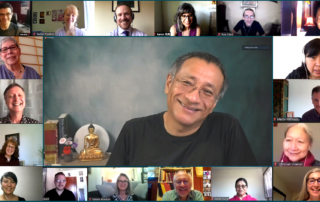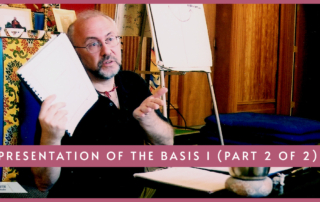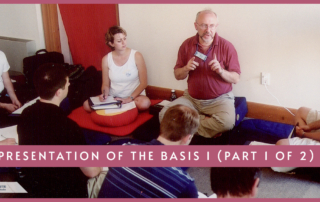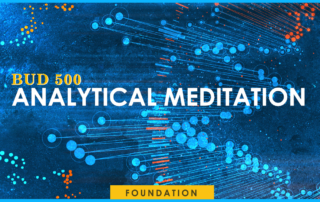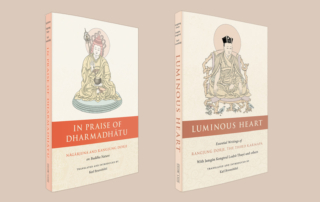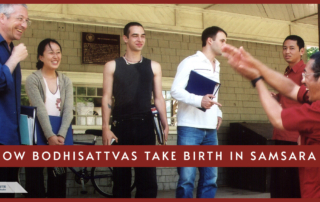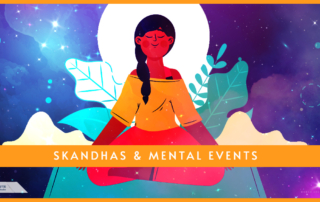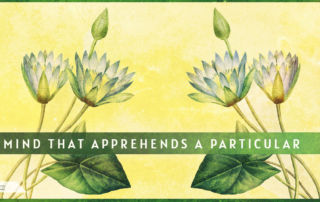Thank you for your generosity!
Financial Assistance for Nitartha Institute Students Generosity and demand for Nitartha’s courses at all-time highs. Please Give Now! Thank you to all who have donated to our Giving Tuesday campaign to replenish our financial assistance fund, which provides partial and full tuition discounts to students who otherwise would not be able to attend Nitartha. Altogether, we have received over $22,000! We know many dharma students are struggling to pay the cost of dharma courses and programs. Now, many of those students will be able to study at Nitartha, thanks to all those who donated! Did you know? You will be entered into a drawing to

